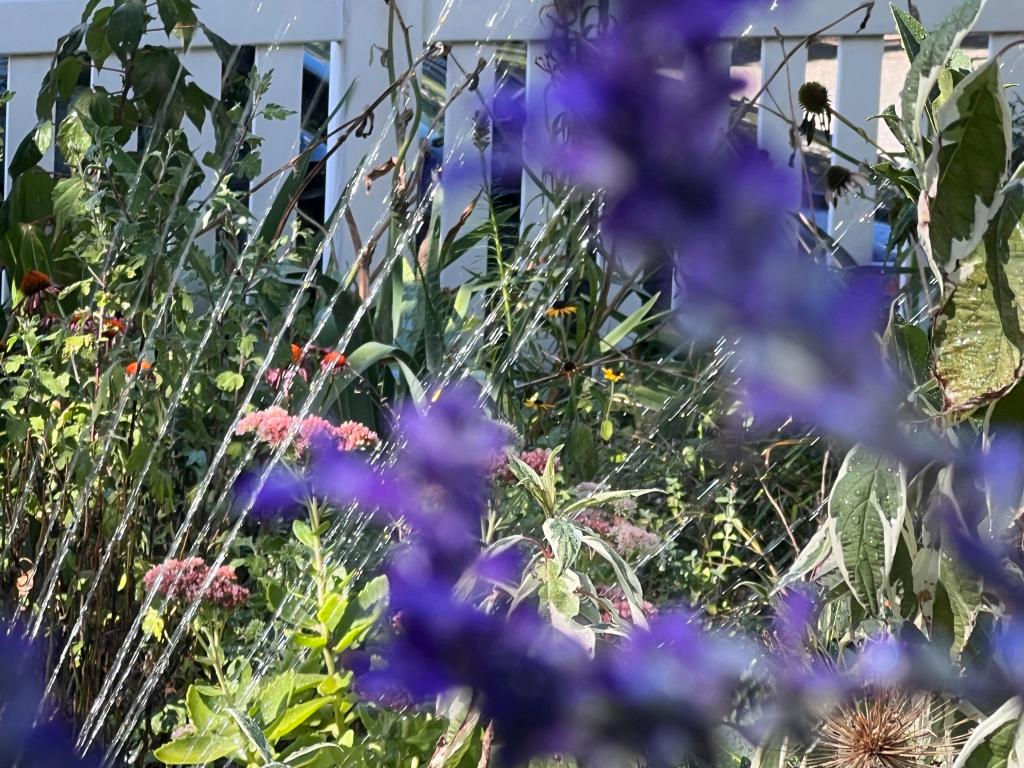Seasonal gardening involves a variety of tasks that must be executed at particular times of the year, largely dictated by weather conditions. However, knowing the right time of day to perform these activities is equally essential for maintaining the health of your plants.
Morning Tasks
The early morning hours offer the best opportunity for watering lawns and gardens, and this practice has several advantages. Watering when temperatures are cooler allows the moisture to penetrate deeply into the soil, reaching plant roots before the sun becomes overly harsh. Conversely, watering during midday often leads to quick evaporation from the soil surface, wasting water and providing little benefit to the plants.
Moreover, evening watering presents a different challenge. When the sun sets, excess moisture can linger around and between plants due to insufficient evaporation. This environment can encourage the growth of mold, mildew, and other fungal diseases, which can harm your plants.
In addition to watering, other crucial tasks should also be performed in the morning:
- Fertilizing: Applying fertilizers, especially liquid forms, in the morning is recommended. This timing allows for improved absorption into the soil and minimizes the risk of chemical burns. It also reduces the likelihood of fertilizer loss due to evaporation.
- Harvesting: For the best flavor and aroma, it is advisable to harvest herbs in the morning. The ideal time is after the dew has dried but before the sun’s rays intensify, which is when the oil concentration is highest. For instance, in my suburban New York garden, I find 10 a.m. to be perfect.
- Harvesting Greens: Morning is also optimal for picking crispy, hydrated lettuces and other greens. If left too late, the heat can cause the leaves to wilt as the moisture from the night evaporates.
- Cutting Flowers: Similar to other tasks, morning is also the best time to cut flowers. After a night of moisture accumulation, blooms are at their fullest right after the dew dries.
Evening Tasks
As the day winds down, garden chores that might stress plants are better suited for the evening. With the sun’s heat subsiding, cooler temperatures and increased moisture can facilitate the recovery of stressed plants. Thus, tasks such as pruning, deadheading, or planting and transplanting should be saved for the late afternoon or evening hours.
Additionally, early evening and mid-morning are ideal for mowing the lawn. Avoid mowing during the hot afternoon sun, as it can stress the grass and hinder its recovery. Importantly, do not mow wet grass at any time. Wet conditions can lead to lawn stress, spread diseases, and clog your mower.
If you need to pull weeds, the task will be less arduous if you wait until after a rainfall. However, if rainfall is not in the immediate forecast and the weeds need to go, water the affected area deeply the day before to make the job easier.
Enjoying Your Garden
Importantly, some garden activities shouldn’t be confined to strict schedules. Take time throughout the day to appreciate your garden’s beauty, admire your handiwork, and enjoy the fragrant flowers.
Jessica Damiano is a columnist for the AP and publishes the award-winning Weekly Dirt Newsletter, providing insights and useful tips for gardening enthusiasts.






